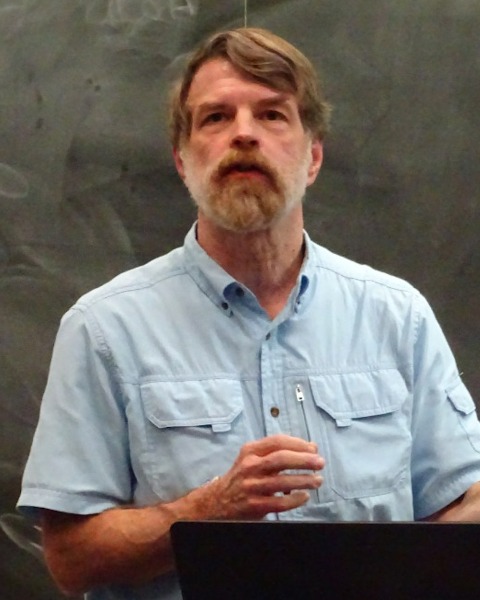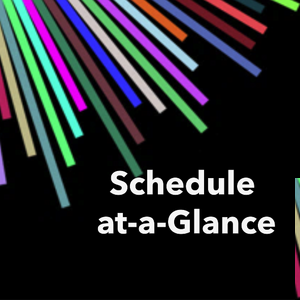Teaching Astronomy – New Opportunities, Challenges, Tools, and Innovations
Session: 4D: 10-Minute Orals (4)
4D-4 - Long-term Results from Using Computational Exercises in Teaching a General Astronomy Class
Thursday, August 22, 2024
3:10 PM - 4:00 PM US PDT

Raymond Zich, n/a
Instructional Assistant Professor
Illinois State University
Champaign, Illinois, United States
Lead Presenter(s)
Abstract: Results from an eight-semester study of the use of computational exercises as an instructional intervention in a general education astronomy course will be presented. Fifteen spreadsheet-based computational exercises were developed and incorporated into a single semester general astronomy course. The exercises were added to improve students’ conceptual understanding, facilitate connection of mathematics with concepts, and to explore the predictive aspect of science. These exercises complemented an active learning curriculum. Computation has been shown to be an effective tool to improve student conceptual understanding and deepen comprehension of mathematical expressions. In this investigation a total of two control and six treatment semesters were studied. The control semesters included one taught with a lecture-based curriculum and one taught with active learning without computation. Long-term assessment of these computational exercises made possible determining the effectiveness of the curriculum over a range of student cohorts and instructional modalities. The results of inclusion of the computational exercises are presented, along with examples of the computational exercises. Student performance and attitudes were measured with the TOAST, LPCI, and surveys. Pre-post assessment revealed mean TOAST correctness gains of 11% and mean LPCI correctness gains of 10%. These compared favorably with active learning gains and exceeded lecture-based teaching results. Peak TOAST correctness gains of 20% and LPCI correctness gains of 29% were observed. Survey results showed overall positive attitudes towards computational activities. The use of computational exercises is shown to be an effective curriculum tool to improve student conceptual understanding.

